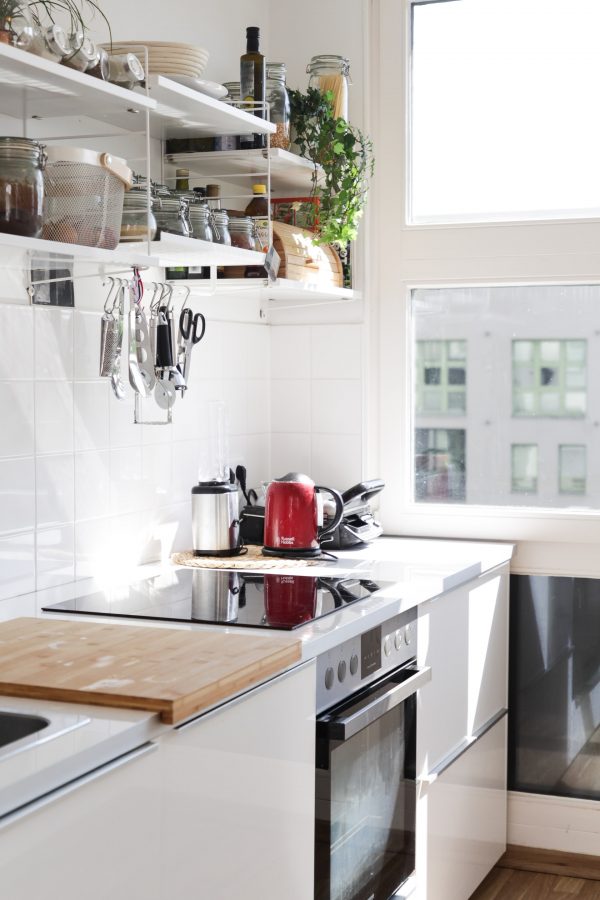Techniques To Improve Your Cooking Skills By Angelica Malin
We all want to be able to impress our friends and family the next time it’s our turn to host dinner, whether it be for Thanksgiving or one of those “just because” occasions.
Thankfully, there are a few simple techniques that, once you start using, will help you improve your cooking skills right in time for the next family get together.
To help you develop your skill in the kitchen, we’ve created a list of some of the most important techniques to master if you want to become a master chef.
A Good Chef Never Blames His Tools…
… But with that said, having the best knife possible will make a huge difference to your dishes. To improve your overall cooking skills, it’s also worth practising the cutting technique.
For better control over your knife’s cutting movements, choke up on the handle with your thumb and the side of your index finger pressing against the flat side of the blade just above where it meets the handle. The longer and wider the blade, the more control you’ll have.
This Victorinox Fibrox Pro chef’s knife, for example, is a great versatile knife that can be used for quality cutting on a number of different ingredients.
Use the Best Ingredients For the Best Results
You’ll never be able to produce beautifully rich truffles if you’re using cheap chocolate, and the same pretty much applies to all areas of cooking. There are certain recipes where you can get away with faking it until you make it, but sometimes, you just need the best.
For example, the domestic parmesan you’d usually pick up at the grocery store will have nothing on an imported Parmigiano-Reggiano, so using the latter will utterly transform a dish, and if your recipe calls for either jarred or home-made, always opt for the second choice.
Master a Few Staple Recipes
Practicing a few signature dishes to whip out at special occasions is a great way to improve your cooking skills without having to learn how to cook everything perfectly.
For example, why not learn how to cook hot dogs and be the best BBQ host of all your friends, or focus on one type of cuisine so you can get to grips with all the different flavor combinations and what works best with each other.
Being able to cook your favorite foods at home will drastically reduce the number of times you turn to the takeout menu drawer during the week and will help you become a better cook overall.
Don’t Be Salt Stingy
Have you ever tried recreating your favorite restaurant or takeout dish at home? If so, did you notice that it tasted slightly different? In all likelihood this is probably because you didn’t add enough salt to the dish, even if you added the quantity that the recipe calls for.
There’s no denying that having too much salt in your diet can cause health issues, but there’s also know denying that adding salt to a dish is essential if you want it to taste good.
Remember that a chef’s “pinch of salt” is probably two or three times as big as a regular pinch, and try to taste-test your food as you cook so you’ll be able to tailor it to your tastes.
Reduce Liquids for More Concentrated Flavor
For deeper, richer flavors, braise your meat and vegetables before removing these main ingredients and allowing the sauce to continue cooking in order for it to reduce down.
You can deglaze a pan by adding the liquid to it while it’s over a high heat and after a few minutes it will become a stickier sort of sauce. The glaze will have a more intense taste that makes it perfect for pouring over cooked meat or for use as a full-bodied jus.
Don’t Overcrowd the Pan
Think of it like social distancing but for your food, only instead of trying to avoid the transmission of a disease, you’re trying to avoid steaming instead of sauteing or searing.
Adding too many ingredients to your pan at once will cause a drop in temperature which can affect how your food cooks. Rather than a golden seared outer skin or soft, sweated down vegetables you’ll be left with gray-ish, soggy and sad-looking food.
Make sure to only add food to the pan if there’s enough room to leave space between each piece. You can either cook food in batches to avoid overcrowding or choose a bigger pan.




